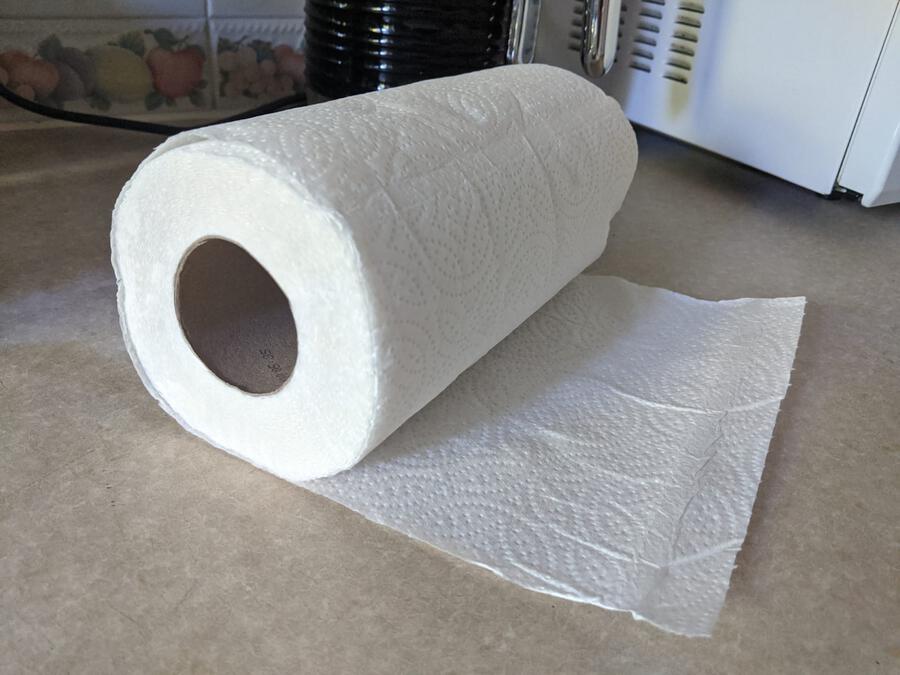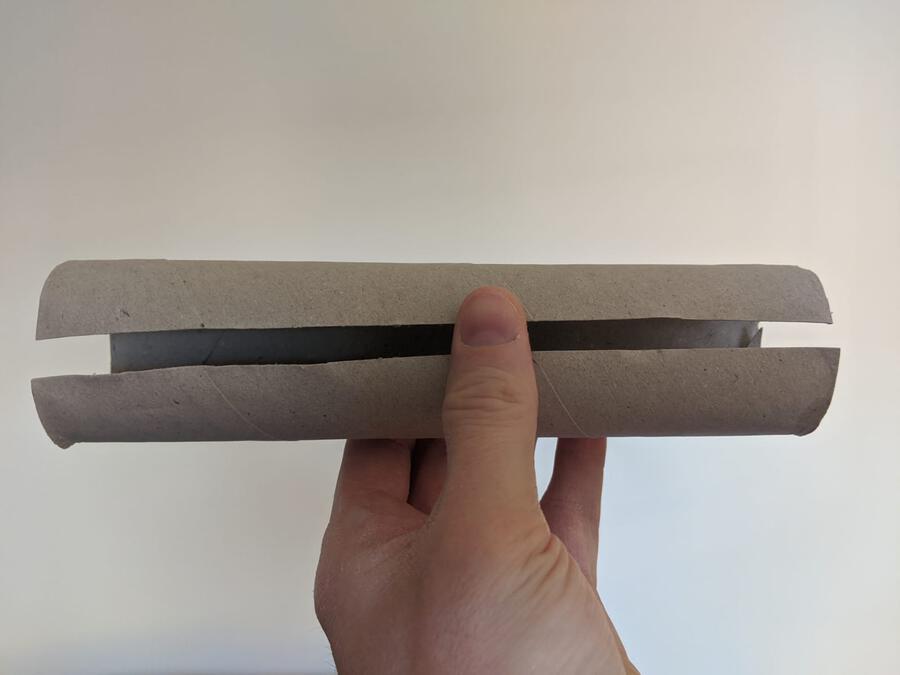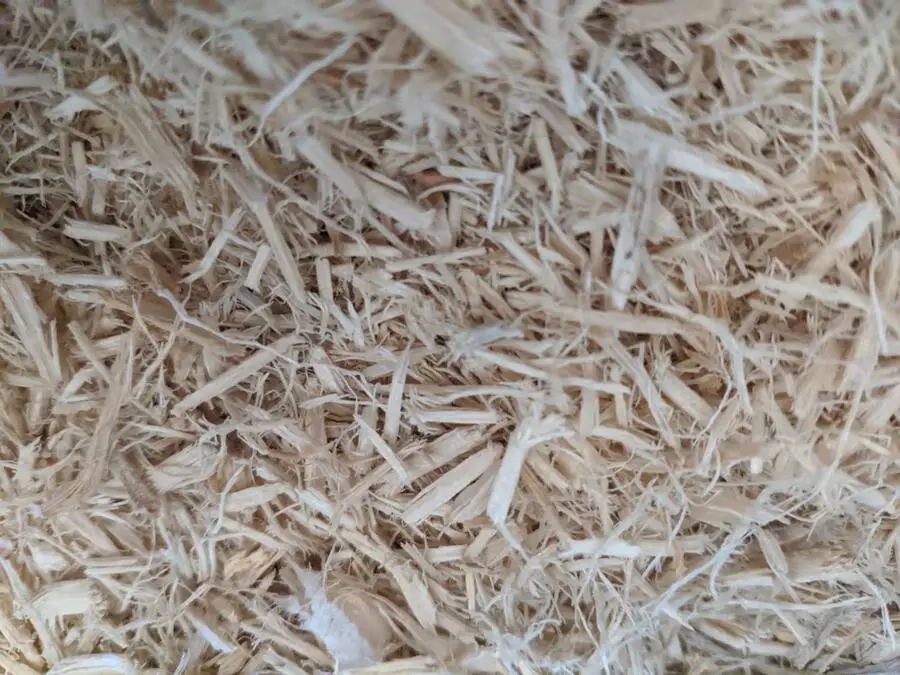When we were in our local pet shop looking to buy a hamster, we were chatting to the staff there about bedding and what type of bedding would be suitable for hamsters.
The staff in there mentioned that you can use toilet paper for their nests, which is exactly what we use it for, but can you use toilet paper for hamster bedding?
Yet toilet paper is fine to use for hamster bedding. Anything from toilet roll and kitchen roll, to tissues and serviettes can be used in your hamster’s cage. Many people tend to use toilet paper or tissue for their hamster’s nesting area although it is also fine to use toilet paper or tissue as bedding or substrate to line the bottom of your hamster’s cage.
Table of Contents
Is toilet paper safe for hamsters?
Yes, toilet paper is totally safe for hamsters as long as it is unscented.
If your hamster does decide to eat and swallow some of the tissue, it won’t cause them any health problems, because their digestive system will break the tissue down and it will come out the other end.
The only way tissue would pose a health problem to your hamster is if they ingested a very large amount of tissue, which is very unlikely to happen.
If you do notice your hamster putting tissue into their mouth, then chances are they are simply storing it in their pouches to move it somewhere else.
Tips when using tissue tissue in your hamster’s cage
Many people use tissue for their hamster’s nesting area because it is soft and warm.
Our hamster Richmond especially likes this because he can snuggle under lots of it when he’s sleeping during the day.
However, if you plan to use tissue throughout your hamster’s cage, then there are a couple of things you need to think about before ploughing ahead.
Tissues don’t have any odour control
Yes that’s right, tissues don’t have any odour control, which means your hamsters cage will smell more and start to smell a lot quicker than it normally would. So you will need to spot clean your hamster’s cage on a daily basis.
Tissues aren’t very good for burrowing
Tissue is not very good burrowing material for your hamster, so you can either get your hamster a dig box, like this one from Amazon (#CommissionsEarned), or you can fill up an area within your hamster’s cage with some Aspen (Amazon, #CommissionsEarned), so that they can practice their burrowing skills.
I suggest a minimum of six inches of substrate (or more!) to enable your hamster to burrow.
Alternatively, you can have the best of both worlds and have a layer of Aspen substrate along the bottom of your cage and a layer of tissue along the top.
This will not only help to make your hamster’s cage warmer, but it will also help to control the odour and enable your hamster to burrow in the substrate below.
Use cheap kitchen roll
If instead of toilet paper you decide that you want to use some kitchen roll in your hamster’s cage, then I would recommend buying the cheap varieties.
Cheaper kitchen rolls tend to be less absorbent than the more expensive varieties and will break down much more easily.

Are toilet roll tubes safe for hamsters?
Yes, toilet roll tubes are safe for hamsters. Not only that, toilet roll tubes are an excellent accessory to have in your hamster’s cage.
Hamster’s enjoy burrowing and will enjoy tunneling through toilet roll tubes, especially if you put several of them together. They also provide an interesting hiding place for your hamster.
If your hamster is only very tiny and very young, then you should be able to use the toilet roll tube as is, without your hamster getting stuck.
However, just to be on the safe side, grab a pair of scissors and cut a line all the way down the middle of one side of the tube so your hamster won’t get stuck.
Toilet roll tubes are also good for your hamster to chew on, to stop your hamster getting bored.
You may also find that your hamster tears the toilet roll tube into pieces, puts the pieces into their pouches and makes a nest out of it.

What can you use for hamster bedding
Other than toilet paper or tissue paper, here are some other hamster bedding options for you to consider:
Paper-based substrate
Basically any paper based substrate is safe to use for your hamster bedding.
You might have seen brands such as Carefresh (Amazon, #CommissionsEarned) and Kaytee Clean & Cozy (Amazon, #CommissionsEarned). These are both safe to use for your hamster’s bedding.
You can also use colored bedding such as this Kaytee Bedding Clean & Cozy Birthday Cake paper-based bedding (Amazon, #CommissionsEarned), to brighten up your hamster’s cage.
There are lots of brands available to choose from, as long as the product is paper-based, then it’s safe for your hamster.
Wood-based substrates
The following are my recommendations if you want to use a wood-based substrate.
The first option you have here is the Kaytee Soft Granule Blend Bedding (Amazon, #CommissionsEarned). These basically look like little balls and they’re made from wood fibres that aren’t suitable for paper production.
These provide a good texture for your hamster’s cage, although they may not be the comfiest and they’re not great for burrowing in either.
Another option, which I personally use, is Aspen shavings (Amazon, #CommissionsEarned). However, any type of Aspen, otherwise known as hard wood shavings, is completely safe for your hamster.

If you buy your bedding from a pet shop, you may find that it’s located in the reptile area rather than next to the other types of hamster bedding.
Another option you have are Hemp shavings such as the Vitakraft Prestige shavings (Amazon, #CommissionsEarned). Hemp shavings are not as common as substrates such as Aspen and Carefresh, but they are safe for your hamster nonetheless.
Substrates for a small section of your cage
The following substrates are also safe for your hamster, however they should only be used in a small section of your hamster’s cage.
Sand
Coarse sand (but not dust) can be safely used in your hamster’s cage and can help your hamster’s cage feel more like their natural habitat.
Something similar to this: Chinchilla Bath Sand (Amazon, #CommissionsEarned) is suitable for your hamster, or sand designed for Chinchillas is also safe.
If you can’t get hold of this type of sand then you can sterilize childrens play sand. Here’s a great video you can watch on how to do this:
Other options include Coconut Fibre substrate (Amazon, #CommissionsEarned), which again, is something you may find in the reptile section of a pet shop. And finally, you can use paper pellets or Aspen pellets if you’re really struggling to find suitable bedding. These are not ideal though because your hamster will be unable to burrow in it.
Can you put newspaper in a hamster cage?
Yes it is possible to use newspaper or shredded paper in your hamster’s cage, however it is not very absorbent and not very good at reducing odours.
You also need to make sure that the newspaper is plain or has a soy-based ink on it.
Can you make your own hamster bedding?
If you’re on a budget or you fancy a change and want to make your own hamster bedding, check out this excellent video below:
Hamster bedding to avoid
Now let’s look at some hamster bedding that you should definitely avoid.
Softwood shavings
Basically you need to avoid both Pine and Cedar shavings as studies have shown that repeated exposure can cause asthma and chronic lung damage.
Cedar trees in particular contain chemicals to protect them from bugs and fungus and because of this it is dangerous for other animals and humans.
Scented bedding
You should make sure that when you purchase any bedding for your hamster, that it is unscented.
It may seem appealing to have scented bedding because it can mask any odours, but hamsters have an extreme sense of smell and the scent can cause distress to your hamster and may enable them to develop respiratory infections.
Corn cob
The problem with corn cob is that if any moisture of any kind drips on to it (such as hamster pee or a dripping water bottle), then fungus will start to grow on it very quickly, which is not good for your hamster’s health.
And again, it’s not very comfortable for your hamster and they can’t burrow in it either.
Other materials to avoid
Straw is not a good material to use as it tends to be sharp at the ends and could injure your hamster’s cheek pouches.
You should also avoid materials that can separate into thin strands such as cotton wool or any of those ‘fluffy’ bedding products.
The danger here is that there is a possibility of your hamster getting tangled up in these materials or ingesting them which will pose a serious risk to their health.
Wrapping up
So in answer to the question of “Can you use toilet paper for hamster bedding”, the bottom line is yes, you can!
Paper-based substrates are a good option, especially if you’re on a budget and want to make your own, but they’re not very good at keeping odours under control.
Substrates such as Aspen on the other hand are more expensive, but great at keeping odours under control and your hamster will love to burrow in it.
You could opt for both and have the best of both worlds and also add a different texture to your hamster’s cage.
Whatever option you choose, whether it’s paper-based or wood-based make sure that it’s not only safe for your hamster, but a good option for you too.
